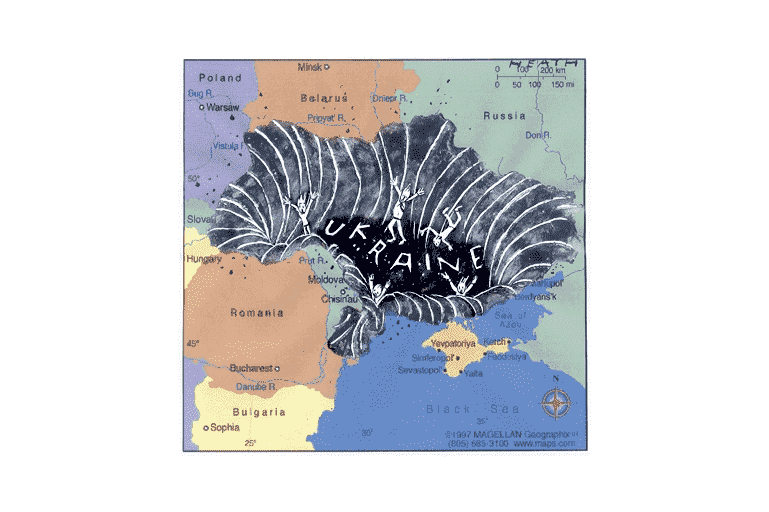Vladimir Putin’s forces are encircling the cities of Kharkiv, Kherson and Mariupol, and a 40 mile-long convoy of Russian armoured vehicles is north of Kiev on the seventh day of fighting in Ukraine. The coming days are likely to see greater barbarity from the Russian President after he failed to get his way in the first few days of the invasion. Those days are also likely to stretch into weeks as Putin lays siege to these cities until they are his.
The debate about what the West should be doing to needs to widen out
So far the political debate in the West has been dominated by a noisy argument about a no-fly zone: something all leaders have repeatedly ruled out on the grounds that it would lead to direct combat between Nato and Russia. The no-fly-zone idea hadn’t just come from British MPs like Tobias Ellwood: it was raised at the Prime Minister’s press conference in Poland by a Ukrainian journalist and activist yesterday, and is something that western reporters are relaying back from people in the cities under attack today.
There is another idea doing the rounds, which is aid corridors. These would be safe passages for aid convoys to reach besieged cities so that the people in them do not starve. They are an extremely complex proposal, though, because protecting an aid convoy requires support from the air, and once again western leaders have ruled out sending their troops and planes into Ukraine.
Putin has also not respected such corridors in the past: one of the many shameful moments of the Syrian war was the bombing of a UN aid convoy of 31 lorries in which 14 aid workers died. This was in 2016, and while Russia denied any involvement, the US maintains that Russian planes carried out the attack along with Assad’s Syrian government. The proponents of the aid corridor argument say that if Putin does block relief for besieged cities, then he is using starvation as a tactic, which would be a war crime.
Either way, it is clear that the debate about what the West should be doing needs to widen out from merely discussing what can be done in military terms, and onto what needs to be done on the humanitarian side of things. Thus far, the discussion has been about the limits of action, not what can still be done within those limits. Western leaders have been clear that much worse is to come: now they need to be clear about what they plan to do to deal with that, rather than just ruling things out.







Comments